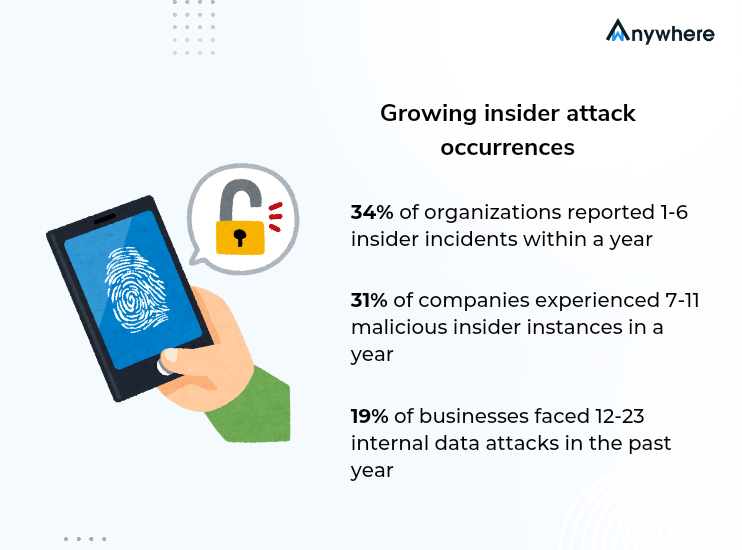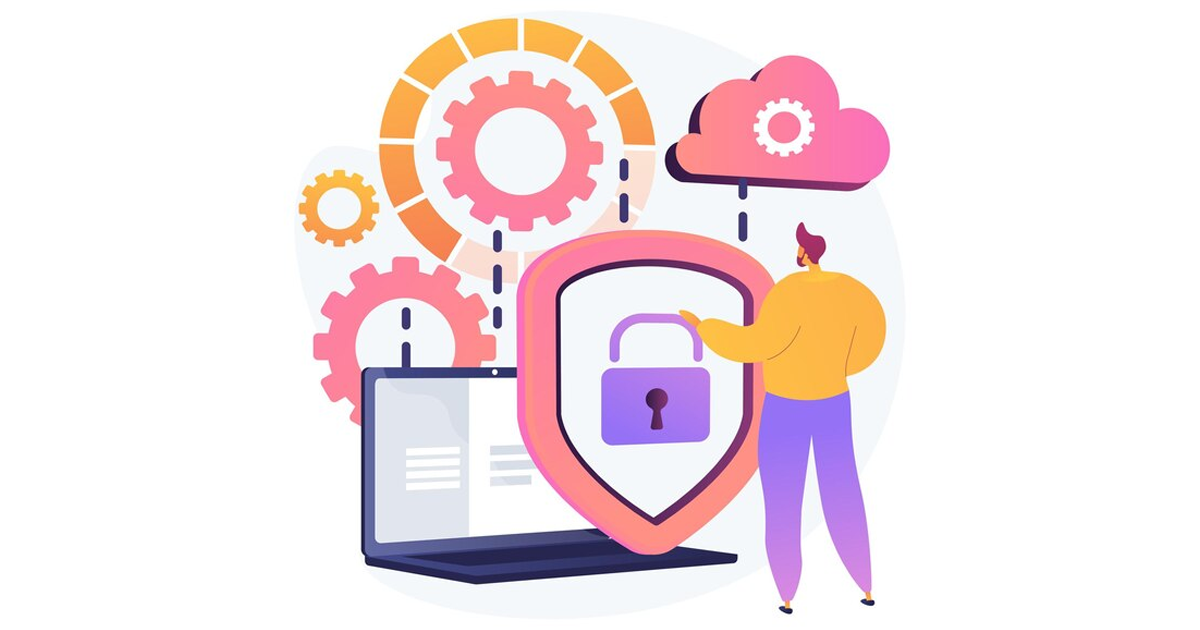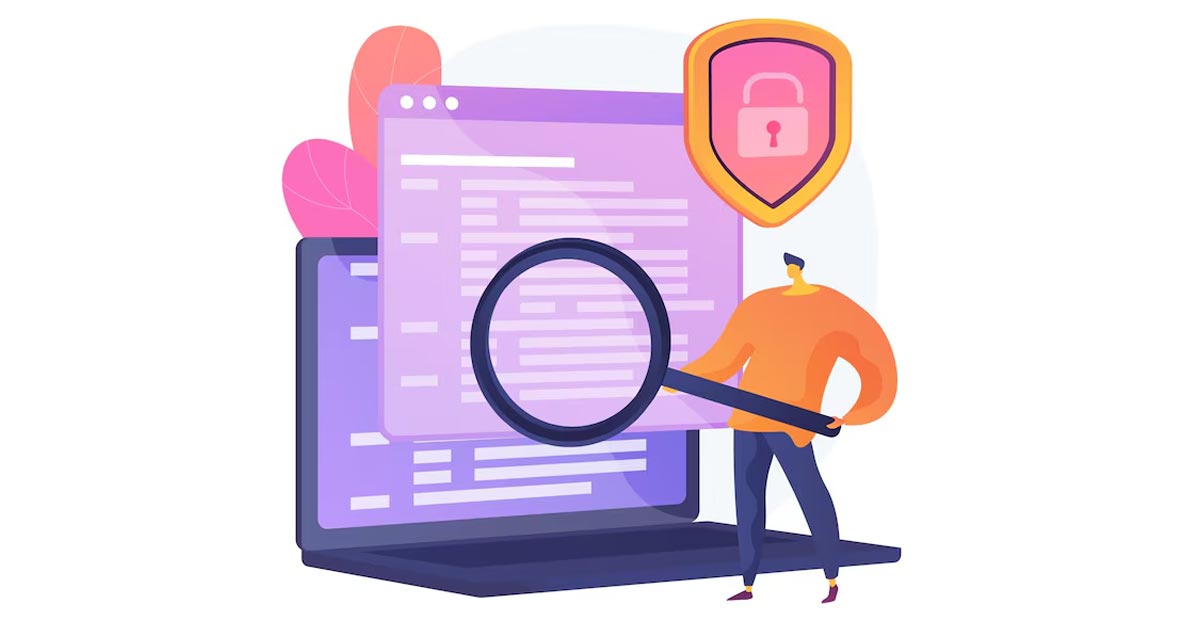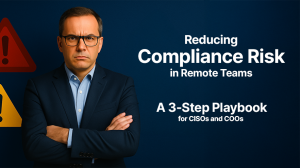Table of Contents
Around 90% of organizations expressed concerns about growing internal data threats in 2024. Among them, 53% of organizations struggle to detect and eliminate data risks while 37% of organizations face difficulties in predicting and preventing internal data breaches than external data attacks. The rise in unvalidated data exposure has almost doubled since 2019 hinting at an urgent need to control malicious insiders and ensure information security.
Ensuring workplace compliance and business process efficiency is a challenge for industries, including BFSI (Banking, Finance Services, and Insurance) and BPOs where data privacy is most important. Transforming workplaces and increasing hybrid work has added to the intricacies of aligning the distributed workforce with regulatory compliance. A Securonix Insider Threat Report 2024 indicates that 70% of organizations with data-intensive operations express reasonable concerns about insider threats in less controlled distributed work environments – while 20% of them are explicitly concerned and 18% are extremely concerned, the rest 32% are conscious of threats and looking for effective measures and risk prevention strategies.

Change in incidents of insider attacks in the past 12 months
The Securonix report reveals a significant surge in data risks within the organization, hinting at a pressing need for data protection strategies to find and control threats.
Most threat occurrences
The report indicates about 40% of companies experienced a significant increase in the frequency of insider attacks in the past year, underlining a dynamic threat landscape where internal risks are on the upsurge.
No change in threat occurrences
The report further discloses that 35% of data-critical businesses with effective security measures detected no data attacks and a stable threat environment.
Lower threat occurrences
Meanwhile, 25% of companies perceived a decrease in threat frequency pointing to considerable enhancements in their security posture.
What are the most disruptive insider attack methods
The study on insider threats adds that data attacks are more targeted toward making sensitive data public, breaching regulatory policies, and hijacking vital business resources. These all indicate an urgent need for robust risk management to eliminate threats.
Data disclosure
Most insider threats in organizations cause sensitive data disclosure, information mishandling, and clipboard vital details.
Credential and account manipulation
Most internal data attacks involve credential sharing, unvalidated data access, privilege escalation, and account breaches.
Security evasion
Growing data attacks including workarounds, policy abuses, resource takeover, and planned tasks for long-term access.
Which information is at the most risk of insider threats
From financial data and customer records to employee details and personal health information – PHI, these are highly sensitive resources that internal threats target the most.
Financial data
The report identifies that the financial data is the most vulnerable, with 44% of organizations expressing concerns about it, due to its potential for direct monetization.
Customer details
The report adds customer details, at 41%, closely follows, indicating a high concern about the breach of personally identifiable information – PII.
Employee records
Employee data is a significant concern – with 37%, as the report reveals – hinting at the alertness needed for the risks posed by data mishandling.
Personal Health Information – PHI
The threat report discloses considerable 31% of organizations believe their sensitive information is at risk, indicating greater concerns for business data privacy.
High susceptibility of organizations to insider attacks
The combined percentage of organizations feeling vulnerable to threats was 66% in 2024, compared to 69% in 2019, indicating improved awareness yet a necessity for firm insider threat prevention.
Extremely exposed
The threat report shows a significant increase in organizations experiencing extreme susceptibility from 5% in 2019 to 16% in 2024.
Very exposed
Among organizations experiencing the most threats from insiders, 18% of them report they are highly vulnerable to data attacks.
Moderately exposed
32% of businesses with data-intensive processes are worried about increasing threats to data confidentiality.
Let’s discuss the key factors behind the surge in insider attacks to help organizations reinforce their security posture and eliminate the root causes.
Main factors enabling a surge in insider attacks
The study highlights the absence of awareness as the major cause of insider threats, with 37% of companies responding the same. It indicates a high need for a robust security program that helps in awareness, prediction, and prevention of internal threats.
Lower awareness
37% of companies are anxious about the lack of employee training and insufficient security awareness that can put data at risk with their unaware behavior.
Insufficient security measures
29% of organizations experience inadequate security measures for data loss protection and a lack of preventive policies that malicious insiders can exploit to cause harm.
Dissatisfied insiders
25% of data-critical businesses face challenges from disgruntled employees or contract teams with vengeful intent – that can pose a significant threat to data privacy.
Best practices to alleviate data attacks
Growing insider attacks hint at a serious internal threat environment and a crucial need for organizations to strengthen security posture in financial services, banking, or BPO processes and firmly control data breach incidents.
Detect risky actions that need more attention
You need to recognize your critical data that can be personally identifiable information (PII), financial details, etc. and requires extra protection to evade risk.
Regulate transfer of sensitive files
Establish a policy that blocks the transmission of critical files and makes it harder for your most vital data to go out of the organization.
Analyze user behavior
Analyze risky employee behavior that indicates malicious insiders. Align tools in place that monitor activities across diverse data points and identify anomalies like someone trying to access data that is not related to their roles.
Measure PII activities
Concentrate on the areas that need extra attention like customer PII (personally identifiable information), and more vital data your organization holds. Adopt tools to monitor activities when PII is accessed and practice security policies to counter the transfer of PII if policies are violated.
App and website monitoring
Monitor applications like email accounts, chats, or any other mode of communication that shows the risk of data breaches to detect and eliminate malicious insiders. Practice a proactive approach to measure web browsing and spot risky websites.
Protect critical data and business operations
Organizations need to magnify their focus on insider threat detection and prevention strategies. Investing in helpful resources like effective security and compliance software can help curb growing incident occurrences. The incrementing data threats highlight the crucial need for continuous monitoring and strong defense mechanisms. Leverage AI-powered advanced security and compliance competencies of wAnywhere to shield your vital data and critical business operations. Start your wAnywhere experience today to discover how the monitoring tool can safeguard your business.














